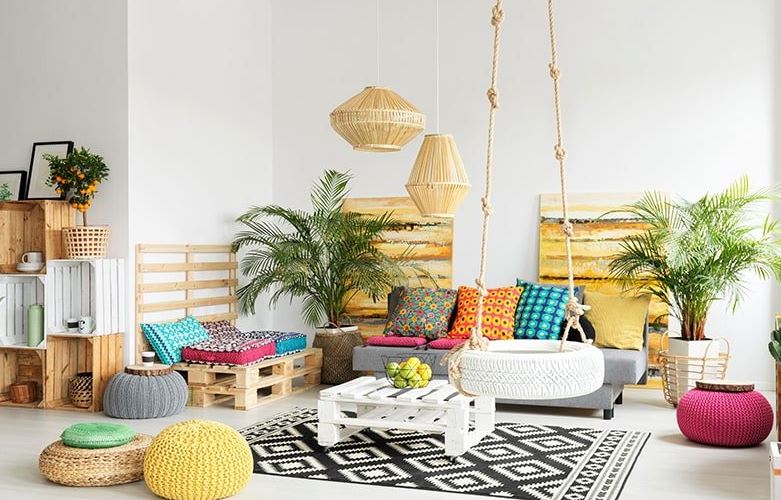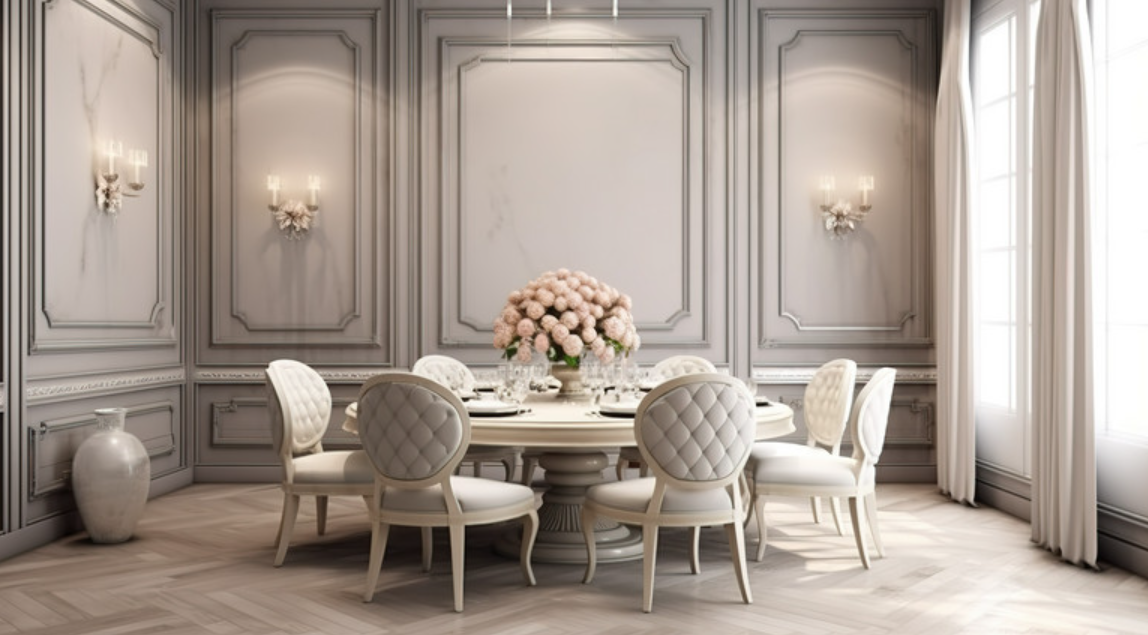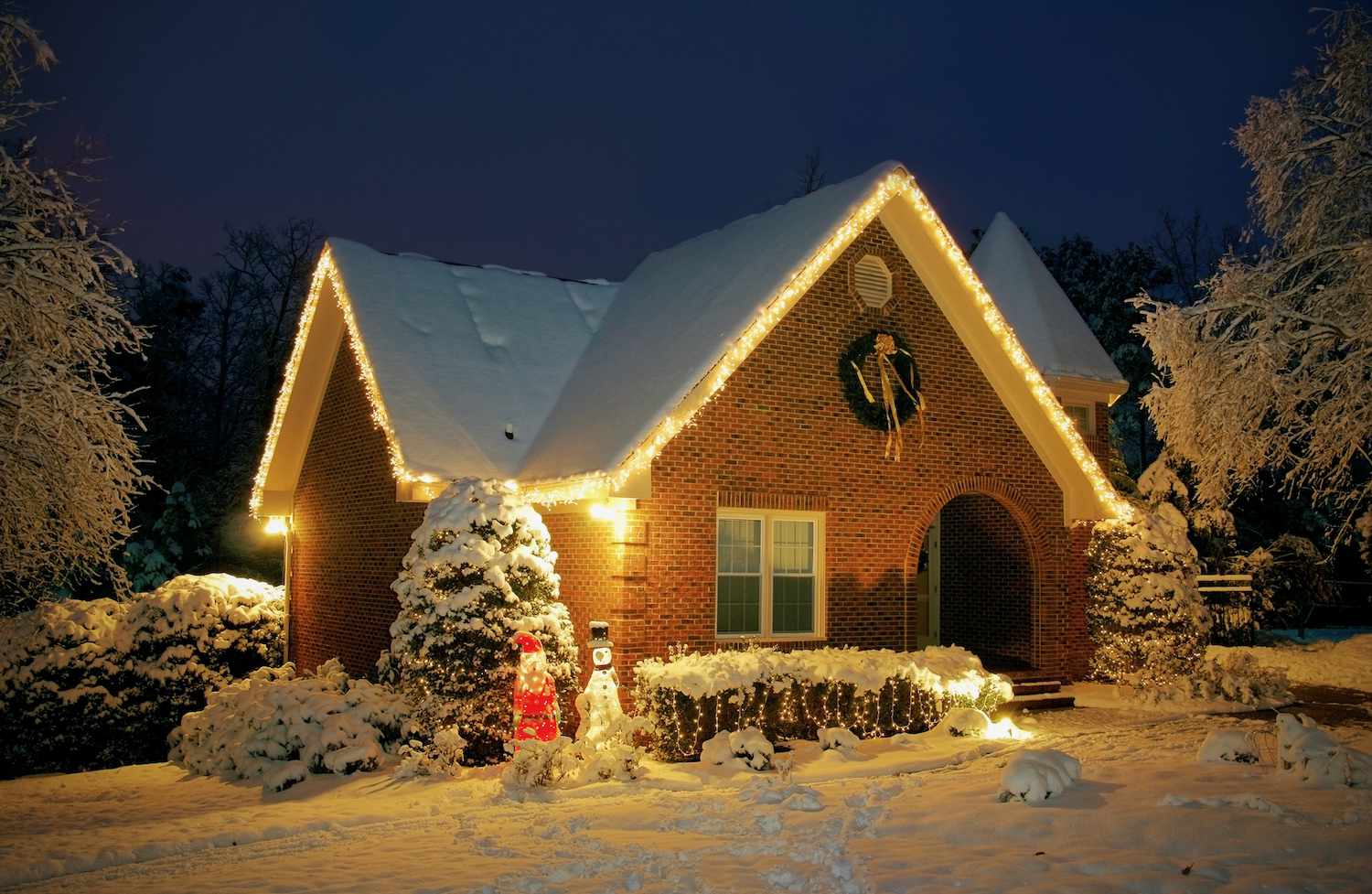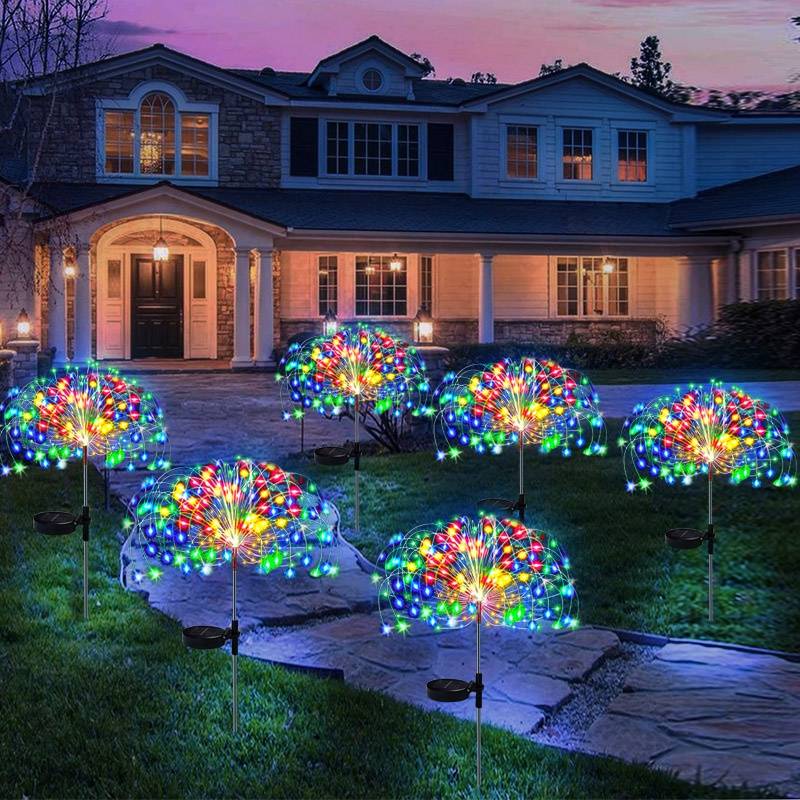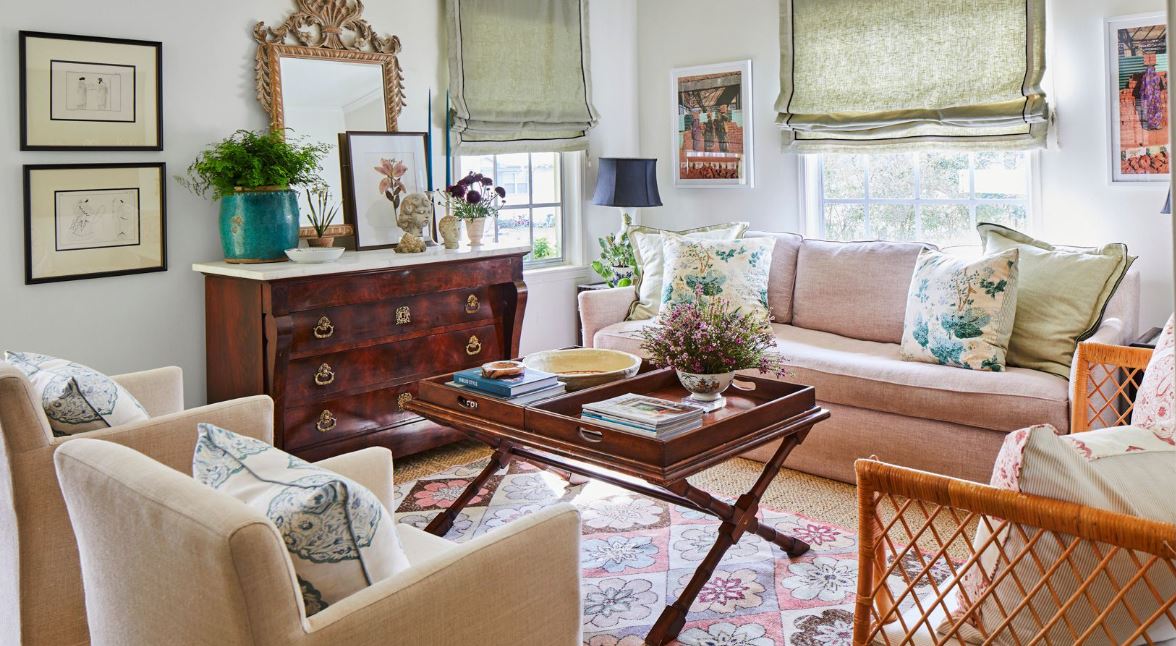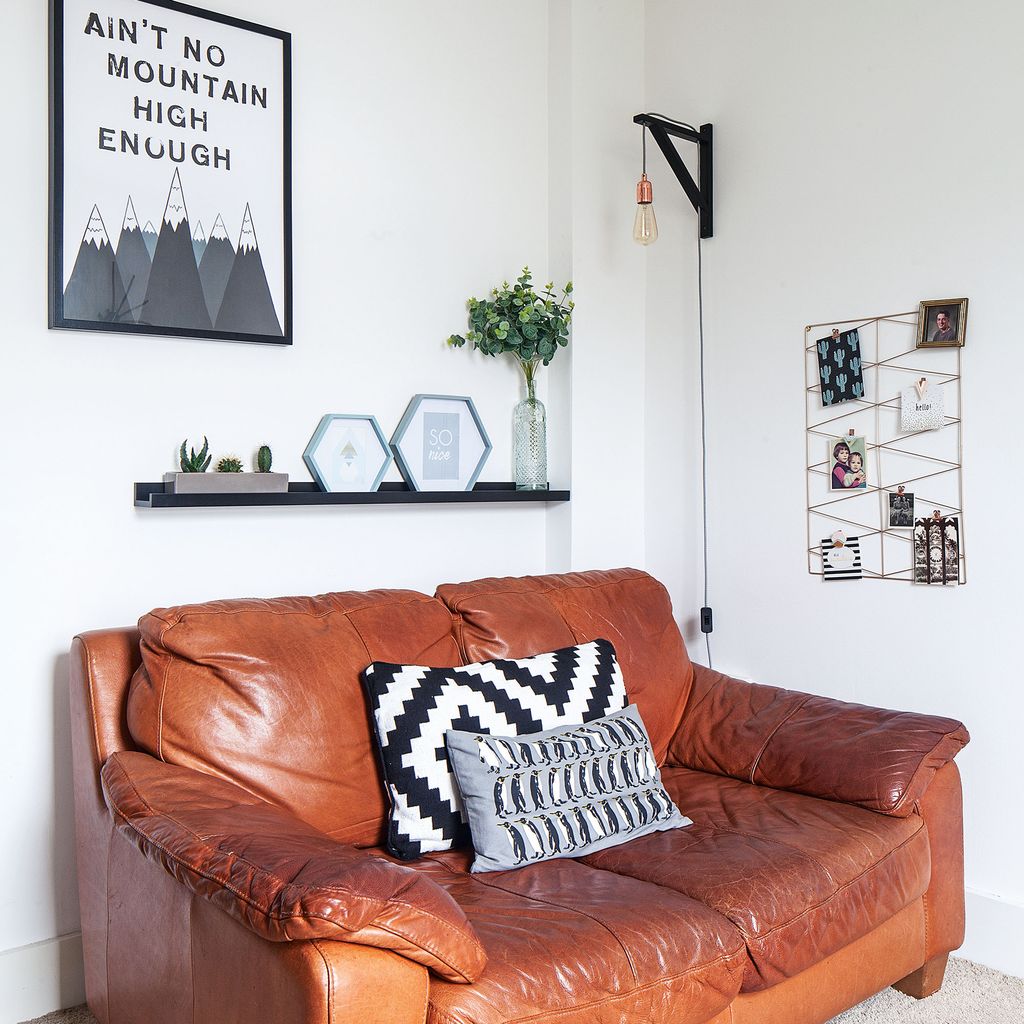Formal dining room inspiration sets the stage for creating a sophisticated and elegant dining space. This guide delves into the key elements for designing a stunning formal dining room, from choosing the perfect furniture and lighting to selecting the right color palettes and themes. We’ll explore historical influences, different styles, and how to personalize your space while maintaining its formal charm.
Discover how to transform your dining room into a true masterpiece, reflecting your unique taste and preferences. From traditional to modern, this guide will provide you with inspiration and practical advice for every step of the process.
Defining Formal Dining Room Style
A formal dining room is more than just a place to eat; it’s a statement of elegance and sophistication. Its design often reflects the homeowner’s taste and social standing, drawing inspiration from various historical periods and architectural styles. The room’s purpose is clear: to provide a refined and memorable setting for special occasions and gatherings.
Formal dining rooms typically feature a more structured and elaborate layout compared to informal dining spaces. They are designed to impress and create an atmosphere of grandeur, often incorporating elements of luxury and tradition. The emphasis is on creating a sophisticated ambiance, encouraging conversation and fostering a sense of occasion.
Historical Influences
Formal dining rooms have evolved over centuries, reflecting the changing tastes and social norms of different eras. Early examples often showcased ornate details and rich materials, reflecting the opulence of the aristocracy. The Victorian era saw the rise of elaborate furniture and intricate patterns, while the Art Deco period brought sleek lines and geometric designs. Modern formal dining rooms, while still maintaining a sense of sophistication, often incorporate contemporary elements and minimalist aesthetics.
Common Design Elements
Several elements consistently appear in formal dining rooms, contributing to their sophisticated atmosphere. High-quality materials, such as polished wood, marble, or leather, are frequently used in furniture and flooring. Rich fabrics, such as velvet or silk, are common in upholstery and draperies. The presence of elaborate lighting fixtures, like chandeliers, adds a touch of grandeur. A formal dining room often features a large table capable of seating multiple guests, reflecting the room’s intended use for hosting gatherings. Careful consideration is given to the layout and placement of the furniture to create a functional yet aesthetically pleasing space.
Formal vs. Informal Dining Rooms
While both formal and informal dining rooms serve the purpose of eating, their design and function differ significantly. Formal dining rooms are reserved for special occasions and are typically larger, more elaborate spaces. They often include a formal table, elaborate seating arrangements, and a more structured layout. Informal dining rooms, on the other hand, are designed for casual meals and everyday use. They are usually smaller, with more relaxed seating arrangements, and a less formal ambiance.
Color Palettes
The color palette chosen for a formal dining room plays a crucial role in setting the desired mood and ambiance. Warm colors, such as deep reds, golds, and deep blues, can evoke feelings of richness and sophistication. Cool colors, such as muted greens and grays, can create a sense of calm and elegance. The choice of color should complement the room’s style and the homeowner’s personal preferences. Consider how the color choices interact with the natural light in the space.
| Color Palette | Description | Example Room |
|---|---|---|
| Deep Burgundy & Gold | A rich and luxurious palette, evoking feelings of warmth and sophistication. | A room with deep burgundy walls, gold accents in the furniture and lighting, and warm-toned wood flooring. |
| Cream & Ivory | A classic and elegant palette that creates a sense of timeless beauty. | A room with cream-colored walls, ivory-colored furniture, and silver or gold accents. |
| Deep Teal & Charcoal Gray | A sophisticated and modern palette that offers a sense of tranquility and depth. | A room with deep teal walls, charcoal gray furniture, and accents of brass or polished nickel. |
| Muted Green & Taupe | A calming and elegant palette that promotes a sense of serenity and sophistication. | A room with muted green walls, taupe-colored furniture, and touches of cream or beige for accents. |
Furniture Selection and Arrangement
A formal dining room should be a statement of elegance and sophistication. Careful selection and arrangement of furniture are crucial to achieving this. The layout and style of the furniture should reflect the overall aesthetic of the room and complement the dining experience. Choosing pieces that enhance the ambiance and promote a sense of grandeur is paramount.
The furniture layout in a formal dining room should be carefully considered to maximize space and create a welcoming yet sophisticated atmosphere. The goal is to create a balanced and harmonious environment where guests can comfortably enjoy the dining experience. Proper proportions and placement of furniture are key elements to achieving this.
Dining Table Selection
The dining table is the focal point of a formal dining room. Its size, shape, and material significantly impact the overall aesthetic. Rectangular tables are traditional and offer ample seating for larger gatherings. Round tables promote a more intimate atmosphere, ideal for smaller gatherings or more intimate settings. Oval tables strike a balance between the two, offering flexibility in seating arrangements and a graceful aesthetic. Consider the size of the room and the expected number of guests when selecting a table.
Chair Selection and Materials, Formal dining room inspiration
Dining chairs should complement the table and reflect the formality of the room. Styles range from traditional armchairs to sleek, modern designs. Materials like mahogany, cherry, or upholstered fabrics in rich colors are suitable for formal settings. Consider the comfort level of the chairs, as guests will be spending time seated.
Scale and Proportion in Furniture Arrangement
Maintaining a sense of scale and proportion is essential in formal dining rooms. Avoid overcrowding the space, ensuring that there is adequate room for guests to move around comfortably. The dining table should not be so large that it overwhelms the room, nor should it be so small that it appears insignificant. The chairs should be proportionate to the table and the overall size of the room. An appropriate balance of scale and proportion will contribute to the overall elegance of the space.
Creating Grandeur and Elegance
Creating a sense of grandeur and elegance involves strategic placement of furniture. The dining table should be positioned centrally, but not too close to walls or other furniture. Sideboards, buffets, or china cabinets can be used to add a touch of formality and display decorative items. Consider adding a statement piece like a chandelier or a large decorative mirror to further enhance the grandeur of the room.
Dining Chair Styles and Materials
| Chair Style | Material | Description |
|---|---|---|
| Traditional Wingback | Wood (mahogany, cherry), Upholstered Fabric (Velvet, Linen) | Classic and elegant, offering both comfort and style. |
| Modern Sleek | Metal (stainless steel, chrome), Wood (dark stained oak, walnut), Upholstered Fabric (leather) | Sleek and modern, often characterized by clean lines and simple silhouettes. |
| French Provincial | Wood (oak, pine), Upholstered Fabric (cotton, linen) | Elegant and refined, offering a touch of country charm. |
| Victorian | Wood (mahogany, walnut), Upholstered Fabric (Velvet, brocade) | Elaborate and ornate, adding a touch of historical grandeur. |
Careful consideration of these styles, materials, and descriptions can help to select the perfect chairs for your formal dining room.
Lighting and Accessories
A well-lit and accessorized formal dining room creates a sophisticated atmosphere, enhancing the overall dining experience. Careful consideration of lighting and accessories contributes significantly to the room’s visual appeal and elevates the sense of occasion. The right combination sets the stage for memorable gatherings.
Lighting plays a crucial role in establishing the mood and ambiance of a formal dining room. It directly impacts how guests perceive the space and contributes to the overall elegance of the room. Proper lighting accentuates architectural details, highlights artwork, and ensures comfortable visibility for conversation and enjoying the meal.
Lighting Fixtures
Proper lighting is essential for a formal dining room. Different types of fixtures create varying moods and can enhance the room’s aesthetic. Chandeliers, often the centerpiece, create a grand and opulent feeling, drawing attention to the dining area. Pendants, suspended above the table, provide focused illumination, while sconces, mounted on walls, add a touch of elegance and ambient light. Recessed lighting can be strategically used to highlight specific features or create a softer, more diffused glow. The choice of fixture should align with the chosen style of the dining room, whether traditional, modern, or contemporary.
Accessories
Accessories play a vital role in personalizing and enriching the visual appeal of a formal dining room. Artwork, strategically placed, adds character and a touch of sophistication. The pieces should complement the existing color scheme and overall style. Textiles, such as tablecloths, napkins, and placemats, contribute to the formality and visual richness of the space. The use of these elements can elevate the dining experience to a more refined level. Decorative objects, such as vases, sculptures, or decorative trays, can further personalize the space and enhance the overall aesthetic.
Textiles for Formal Dining
The use of textiles like tablecloths, napkins, and placemats is critical to the dining experience. High-quality fabrics, such as linen or damask, lend an air of formality and sophistication to the table setting. The color and pattern of these textiles should complement the chosen style and artwork in the room. For example, a deep burgundy tablecloth with gold accents can add a touch of elegance to a traditional dining room, while a crisp white tablecloth with delicate floral patterns can create a more airy and sophisticated ambiance in a modern setting.
Lighting and Space Perception
Lighting profoundly affects the perception of space and elegance in a formal dining room. Properly placed lighting fixtures can make a small room appear larger and more spacious. A grand chandelier, for instance, can draw the eye upwards, creating an illusion of height and grandeur. Well-distributed light sources prevent dark corners and shadows, contributing to a sense of openness and comfort. Strategic use of lighting allows the room to feel more refined and elegant. A balanced approach to lighting ensures that the space feels inviting and sophisticated.
Walls, Flooring, and Ceiling Treatments
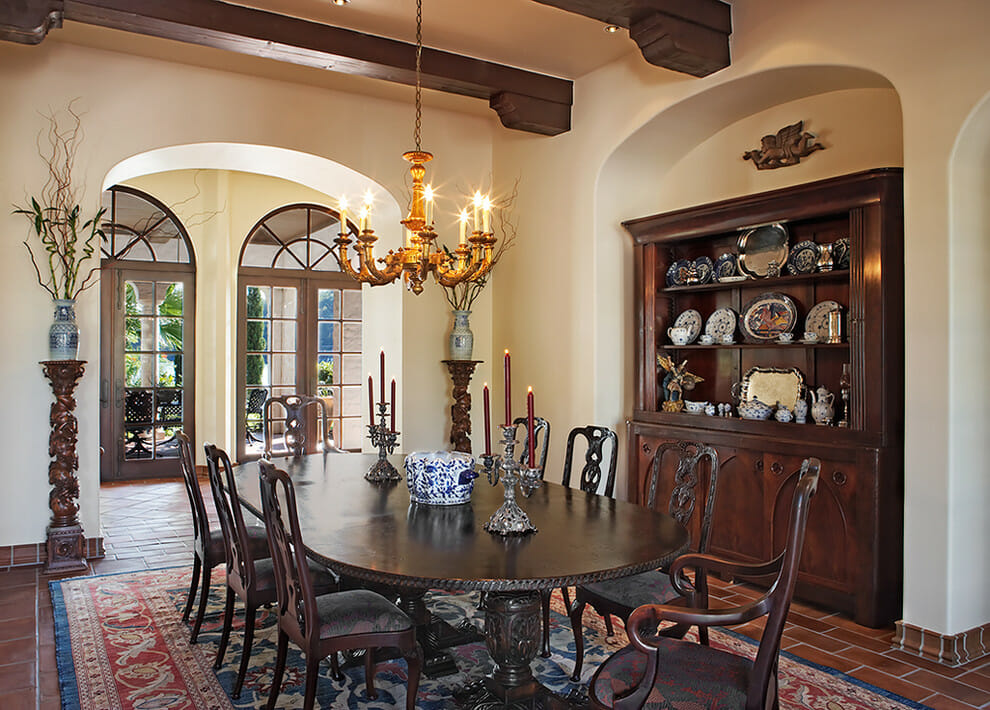
Source: decorilla.com
Creating a formal dining room involves careful consideration of every detail, from the furniture to the smallest accessories. The wall, floor, and ceiling treatments play a crucial role in establishing the overall ambiance and style. These elements significantly influence the room’s aesthetic and create a sophisticated and inviting space for gatherings.
The visual impact of the wall, floor, and ceiling treatments is significant in shaping the overall atmosphere of the formal dining room. Subtle choices in colors, textures, and patterns can create a sense of elegance and refinement, while bold choices can add a unique personality to the room.
Wall Treatments
Wall treatments are essential in setting the tone for a formal dining room. The right color palette, texture, and pattern can enhance the room’s aesthetic appeal and create a sense of grandeur. Choosing the right wall treatment influences the overall mood and style of the space.
Different wall treatments evoke varying responses. Paint provides a clean, versatile canvas, while wallpaper can add visual interest and personality. Paneling offers a classic, sophisticated look. Consider the desired level of formality and the overall style of the dining room when selecting a wall treatment.
- Paint: Neutral colors like creams, beiges, or grays are excellent choices for a formal dining room, providing a backdrop for more elaborate elements. Darker shades can add a touch of drama and elegance, but are often better suited for smaller spaces or when used in combination with lighter colors. Consider the impact of different finishes (matte, satin, or gloss) on the overall appearance.
- Wallpaper: High-quality wallpaper can add significant visual appeal to a formal dining room. Choose designs that are not overwhelming, with subtle patterns or textures, maintaining a sophisticated feel. For example, a damask pattern or a subtle floral print can create a sense of elegance without detracting from the room’s overall formality.
- Paneling: Paneling, especially wood paneling, is a classic choice for a formal dining room. It creates a sense of warmth and sophistication, while also adding depth and dimension to the walls. Wood paneling, in particular, adds an elegant, timeless touch.
Flooring Options
The flooring choice in a formal dining room is critical for creating a sense of luxury and sophistication. The material and finish directly impact the room’s aesthetic and its overall ambiance.
| Flooring Material | Description | Suitability for Formal Dining Rooms |
|---|---|---|
| Hardwood | Offers a warm, classic look and is durable. Different finishes (e.g., polished, stained) create varying aesthetics. | Excellent choice, provides a timeless and sophisticated feel. |
| Tile (e.g., porcelain, ceramic, marble) | Provides a sleek, modern look, and can be highly durable and resistant to stains. | Suitable for modern or contemporary formal dining rooms, offering a clean, sophisticated look. Marble is especially luxurious. |
| Marble | Offers a luxurious and elegant look, but is more susceptible to damage and requires more maintenance. | Ideal for high-end formal dining rooms seeking maximum elegance and luxury. |
| Luxury Vinyl Tile (LVT) | A cost-effective alternative to hardwood and tile, offering a durable and water-resistant surface. | A good choice for formal dining rooms with budget constraints or specific needs for water resistance. |
Ceiling Treatments
Ceiling treatments are often overlooked but play a significant role in the overall design of a formal dining room. The right choice can create a sense of height, grandeur, and sophistication. A well-designed ceiling can make a room feel more spacious and elegant.
“A high, coffered ceiling with intricate details can create a dramatic focal point in a formal dining room.”
Architectural Details
Incorporating architectural details like crown molding or wainscoting can enhance the formality of a dining room. These details add visual interest, create depth, and enhance the overall aesthetic appeal of the space. Crown molding, in particular, can be a subtle but effective way to add elegance.
Formal Dining Room Themes
A formal dining room is more than just a place to eat; it’s a reflection of the homeowner’s style and taste. Choosing a theme sets the tone and guides the design choices for the entire space. This section explores different formal dining room themes, from traditional elegance to contemporary sophistication. Each theme offers a unique opportunity to create a memorable and personalized dining experience.
Formal dining rooms, often the heart of a home, invite guests and family for cherished gatherings. The ambiance should be refined and welcoming, while showcasing a distinct style. A carefully chosen theme is crucial in achieving this, guiding the selection of furniture, colors, and accessories to create a cohesive and visually appealing space.
Traditional Themes
Traditional themes evoke a sense of timeless elegance. They often feature ornate details, rich fabrics, and symmetrical layouts. Think mahogany furniture, damask upholstery, and crystal chandeliers. These themes frequently incorporate elements like intricate carvings, gilded accents, and classic patterns. Examples include using a large, ornate dining table with matching chairs, accented with silverware, china, and glassware, and a classic chandelier for lighting. The color palette typically involves warm tones like gold, deep reds, and rich browns.
Modern Themes
Modern themes prioritize clean lines, sleek surfaces, and minimalist designs. They emphasize functionality and a contemporary aesthetic. Furniture choices are often made of materials like glass, steel, and polished wood. The focus is on simplicity and a refined feel. For example, a modern dining room might include a glass-top table with chrome or stainless steel legs, accompanied by simple, upholstered chairs. Lighting fixtures often consist of contemporary pendants or recessed lighting. Color palettes tend towards neutral tones like white, gray, and black, with occasional pops of bold color.
Rustic Themes
Rustic themes embrace natural materials, warm colors, and a sense of comfort. They often feature exposed beams, natural wood finishes, and handcrafted elements. A rustic dining room might include a large wooden table, with mismatched but complementary chairs, creating a casual elegance. The space can be complemented by woven rugs and natural textures. Lighting might include rustic-style pendants or candles. The color palette typically uses warm, natural tones like earthy browns, creams, and greens.
Contemporary Themes
Contemporary themes focus on sophistication and a sense of understated elegance. They often use a combination of modern and traditional elements, incorporating clean lines and neutral colors. A contemporary dining room could include a sleek, modern dining table with simple, elegant chairs. The space might be accented with abstract art or geometric patterns. Lighting often features modern fixtures with a touch of elegance. Color palettes can include a variety of neutral colors and incorporate pops of accent color, such as deep blues, grays, and creams.
Theme Implementation
To effectively incorporate a theme, consider the overall design and choose furniture and accessories that complement the chosen theme. Matching the color palette, textures, and patterns is vital for a cohesive look. For example, if you’ve chosen a rustic theme, you might incorporate natural wood finishes, woven textiles, and warm lighting.
Color Palettes, Textures, and Patterns
Color palettes play a vital role in establishing the theme. Neutral tones create a calm and sophisticated ambiance. Warm colors evoke feelings of comfort and intimacy. Bold colors can add a touch of personality and drama. Textures and patterns should complement the chosen color palette. For example, a traditional dining room might feature damask upholstery, while a contemporary room might incorporate smooth leather or glass. These elements, combined, will help define and distinguish each theme.
Formal Dining Room Themes Categorization
| Theme | Color Palette | Furniture Style |
|---|---|---|
| Traditional | Warm tones (gold, deep reds, rich browns) | Ornate, mahogany, symmetrical |
| Modern | Neutral tones (white, gray, black) | Sleek, minimalist, glass/steel |
| Rustic | Natural tones (earthy browns, creams, greens) | Natural wood, handcrafted, mismatched |
| Contemporary | Neutral with accent colors (deep blues, grays, creams) | Sleek, modern, sophisticated |
Creating a Personalized Space: Formal Dining Room Inspiration

Source: squarespace-cdn.com
Adding personal touches to a formal dining room is crucial for creating a space that feels welcoming and uniquely yours. A well-curated collection of family heirlooms and personal artwork can transform a grand room into a cherished gathering spot, imbued with history and love. This section will explore how to incorporate personal style elements without sacrificing the room’s elegance and formality.
Personalization is key to making a formal dining room feel truly special. It’s about infusing the space with your personality and history, while maintaining the refined aesthetic of a formal setting. The goal is to seamlessly blend personal touches with the overall design, creating a harmonious blend of tradition and individuality.
Incorporating Family Heirlooms
Family heirlooms, from antique silverware to passed-down china, add a sense of history and connection to a formal dining room. These pieces often hold sentimental value, adding a layer of warmth and personality. Displaying these items strategically can enhance the room’s visual appeal. For example, a set of antique silver serving platters can be beautifully displayed on a sideboard or buffet, adding a touch of elegance and history. A family portrait or a framed letter can also be incorporated into the design.
Integrating Personal Artwork
Personal artwork, whether it’s family photos, landscapes, or abstract pieces, adds a layer of personality and visual interest to a formal dining room. Choose artwork that complements the room’s overall style and color palette. For example, a collection of framed family photographs displayed on a wall or a striking piece of abstract art can bring warmth and a personal touch to the space. Consider the size and style of the artwork in relation to the size of the room and the existing furniture to ensure the pieces don’t overwhelm the space. A gallery wall of family photos, arranged in a cohesive way, is a wonderful option.
Reflecting Personal Tastes and Preferences
Reflecting personal tastes and preferences in a formal dining room can transform the space from a mere dining area to a personal haven. For instance, a collection of vintage books or a personalized rug can subtly showcase your interests while maintaining the formal atmosphere. A collection of antique maps displayed on a wall or a piece of custom-designed artwork reflecting a personal hobby can be incorporated. Incorporating your favorite colors in the accessories can also create a welcoming ambiance. Consider the style of art, colors, or themes that resonate with you and how these can be elegantly incorporated into the room.
Designing a Layout with Heirlooms and Artwork
A thoughtful layout is essential for showcasing heirlooms and artwork effectively. Position important pieces strategically to draw attention and create visual interest. For example, a large antique sideboard can be the focal point, showcasing a collection of antique china or silver. A gallery wall of family photographs can be incorporated above a buffet or a sideboard, creating a visual narrative. Consider the placement of the artwork in relation to the lighting and other elements of the room. Use strategic placement to maximize the impact of the artwork and create a focal point in the room. The layout should be a reflection of your personal tastes, ensuring the pieces complement each other.
Final Summary
In conclusion, designing a formal dining room is about more than just aesthetics. It’s about crafting an atmosphere that’s both welcoming and impressive. By considering the elements discussed—from furniture and lighting to color palettes and themes—you can create a dining room that truly reflects your personal style and enhances your dining experience. Remember, a formal dining room can be both beautiful and functional, perfect for special occasions and everyday gatherings.
FAQ Guide
What are some common mistakes to avoid when designing a formal dining room?
Overcrowding the space with too much furniture or accessories can make the room feel cramped and less elegant. Also, neglecting proper lighting can significantly impact the ambiance. It’s important to balance formality with a sense of spaciousness.
How can I incorporate personal touches into a formal dining room?
Incorporate family heirlooms, personal artwork, or meaningful decorative items to add a touch of your personality without sacrificing the room’s formal elegance. Use textiles, such as personalized tablecloths or napkins, that reflect your style.
What are some budget-friendly ways to achieve a formal dining room aesthetic?
Focus on high-quality fabrics, such as linens and upholstery. Consider renting high-end items like dining chairs or serving pieces for special events. Choosing timeless pieces will ensure your design holds its value and elegance over time.
What are some alternative flooring options for a formal dining room besides hardwood or marble?
Tile and stone can provide a beautiful and durable alternative. They can add a modern or classic touch to your space, depending on the style of the tile.
- Cara Ganti Password Gmail Dan Membuat Kata Sandi Yang Tepat - December 21, 2025
- 50+ Filter Instagram yang Bagus Buat Selfie Cewek & Cowok, Lagi Hits - December 19, 2025
- Superkickoff Mod Apk ( Unlimited Money ) Download Terbaru 2026 - December 19, 2025



